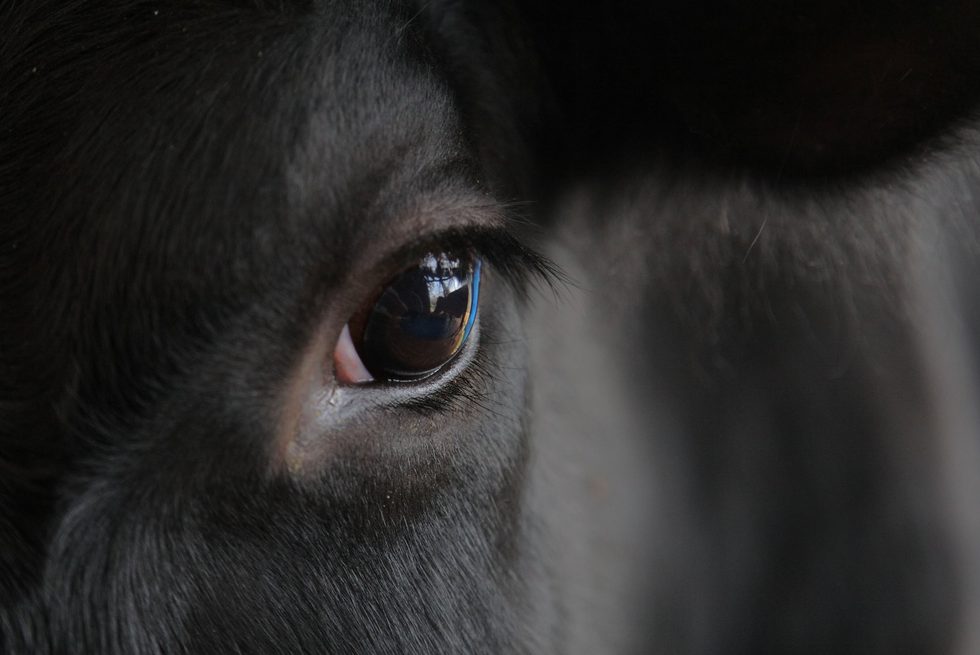Knots of Connection
From the Series: Bateson Book Forum: Animal Intimacies
From the Series: Bateson Book Forum: Animal Intimacies

Donna Haraway (2016, 1) argues that in times of devastating inequality, violence, and climate change our “task is to make kin in lines of inventive connection as a practice of learning to live and die well with each other in a thick present.” In Animal Intimacies: Interspecies Relatedness in India’s Central Himalayas (University of Chicago Press, 2018), Radhika Govindrajan responds to this challenge as she illuminates the knots of connection or relatedness webbing together species in a series of villages in Uttarakhand. These knots are woven with love and care, yet laced through with violence.
Govindrajan refuses to descend into general theories about “humans” and “animals.” Instead, she focuses on specific relations between particular persons and particular animals, emphasizing “the importance of grounding theoretical insights about the capacities of animals in the lives of actual, real animals, both singular and collective” (21). Interactions between animals and persons are threaded throughout the book, highlighting how the specificity of animals’ materiality, personality, and embodiment shape their relationality with humans. Her analysis thus evades straightforward notions of human dominion over animals, or vice versa, to instead illuminate how animals affect and have agency within their relationships with humans. The book ultimately strikes a hopeful chord, because it demonstrates how connection can be produced within relations of violence and domination.
This hopefulness is particularly evident in Govindrajan’s discussion of bhalu ki baat, stories or rumors of women’s sexual relations with bears. Crucially, these tales are not drawn from abstract imaginings but rather from the specific, material ways “humans and bears act on one another” (171). Bhalu ki baat “called the boundary between human and animal into question” (149) as they “imagine and enact alternate ways of dwelling and connecting in a world where one exists only in relation to a variety of human and nonhuman others” (140). These stories constitute women as sexual subjects, enabling women to voice their sexual desires to their husbands. Crucially, the genre’s “promise of a new world is rooted in the sensuous mingling of human and nonhuman animal bodies” (170). These sensuous worlds threaten to undo long, historically embedded divisions between nature and culture and human and nonhuman; they illustrate instead how the social worlds of humans are intermingled within interspecies worlds.
Yet the possibilities of these worlds—the pleasures and sensuous minglings they conjure—are not idyllic but grounded in the inevitability of violence within knots of connection. As “new connections must sometimes be fertilized by the breakdown of old” so there is “violence at the heart of relatedness, the expected outcome of a difficult yet inevitable entangling of lives and fates” (176). The inevitability of this violence does not, however, prevent the possibility of ethical relatedness.
Govindrajan thus closes the book with a reflection on the role of love in ethics. Acknowledging love’s lack of innocence, she nonetheless suggests fully separating love from ethics may foreclose love’s role in reimagining better worlds. As “love can sometimes hold open the fleeting possibility of another world” (180), it is able to “invite us to dwell a little longer in the possibility of how we might be, together, differently” (181). The question may not be love’s role in ethical questions, but rather how does love’s origin shape the ethical considerations and subjectivities it fosters? In other words, how do the specific spaces and processes generating relations of love ultimately influence its ethical possibilities? Govindrajan suggests the interspecies love emerging specifically from women’s daily labor to keep animals alive has a vital role in imagining possible, ethical futures. This form of love, rooted in the daily work of interspecies living, demonstrates the constant negotiations needed for different species to live—and flourish—together. Flourishing thus depends on a commitment to relatedness, despite relatedness’s ambiguous entanglements of love and violence.
Haraway, Donna J. 2016. Staying with the Trouble: Making Kin in the Chthulucene. Durham, N.C.: Duke University Press.